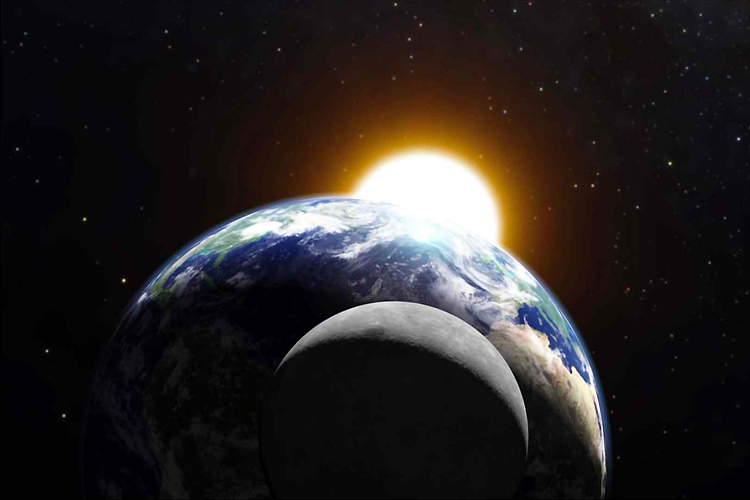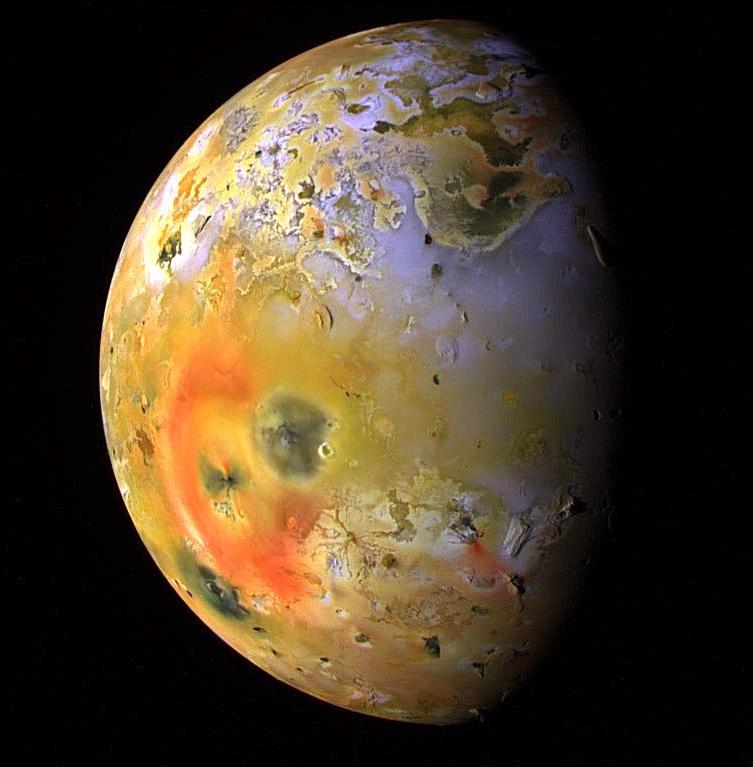
Natural Satellites
Space Science

717 views
0 likes
You will need to sign in before you can comment or like.
A planet orbits a star. A satellite orbits a planet or a dwarf planet. In our solar system, all planets except the two innermost have moons, a total of 185, plus 384 minor planets having moons. The moon has been a natural companion to our planet since ages immemorial, but it was first looked upon as a satellite only by Copernicus in the 16th century. Until the discovery of the four Galilean moons of Jupiter, the moon couldn't be classified as a separate class (they didn't knew then if others moons existed). The term satellite was coined by the German astronomer Johannes
Kepler, who used to refer to the objects which followed planets in their journey across the sun. Moons play an important role in
regulating the natural processes of their planets.
Although none have
been discovered yet,
scientists have recently
found evidence of existence of Satellites of Satellites
around the ring
systems of Saturn's
moon Rhea.
Some extraordinary moons of our solar system,
 Io
Io
Often considered to be the topmost contestant for hellish
places in our solar system, the volcano blasted surface of
this moon at first sight demonstrates its characteristics. Io is
the most geologically active body in our solar system, its
dynamic nature caused by the immense gravitational
force acting on it by the planet it orbits, Jupiter. The volcanoes constantly reshaping the surface and spitting sulphur and
magma. Io's volcanoes play a significant role in shaping Jupiter's magnetic field, acting as a electric generator that can develop 400,000 volts and create an
electric current of 3 million amperes. Jupiter's magnetic field lines, which Io crosses, couple of Io's atmosphere and neutral cloud to Jupiter's polar upper atmosphere by generating and electric current known as the Io flux tube. This current produces an auroral
glow in Jupiter's polar regions known as the Io footprint, as well as auroras in Io's atmosphere.
 Europa
Europa
Although at roughly the same the distance from its previous cousin and sharing
A planet orbits around a star. A moon
orbits around a planet. This unique cosmic
system leads to innumerous phenomenon perceptible on all worlds. Since 19 . . . . . . total ... satellites have been found in our solar system and many beyond . . .
the same parent, Europa is a frozen ice world. The redbrown streaks seen crisscrossing the surface of this moon
are dry ice channels. However, that doesn't imply that Europa is a dead world. Geological activities are going on
beneath the kilometres long icy surface. Scientists believe
a liquid water ocean exists under the surface, which may
host life similar to that of that of Earth's oceans since Europa's rocky core is predicted to be in contact with the
oceans and rich in nutrients.
 Calisto
Calisto
Another one of Jupiter's iconic moons, Calisto's pockmarked surface is definitely its most distinctive feature. The bright spots are
the thousands of impact craters that show the symbols of a much
more chaotic period, when the solar system was forming and
there were high number of collisions with every major astronomical
body, including our own moon.
 Iapetus
Iapetus
An observer would quite understand that this Saturnian moon's
two distinct tonal surface is odd n itself, and not merely a dark
shadow. Iapetus’ distinct surface colours and its tidally locked
properties don't match up and have baffled astronomers ever
since it was discovered. The trace of an odd monolithic protuberance on the bright side of the moon became one of the platforms for Arthur C. Clarke's science fiction ‘Space Odyssey’ series, which involved expeditions to various other satellites.
 Titan
Titan
Yet another odd satellite, Titan is the only satellite known to have
an atmosphere, and characteristics that may seem favourable
to life, yet, its atmosphere isn't at all like that of earth. Titan has a
stable atmosphere, lakes, and rivers of methane . . . Titan 's surface
is mostly rocky and icy
and recent observations
showed dust storms.
 Exomoons
Exomoons
A planet around a star is detected by
studying a permanent slight dip in its light
when the planet is in transit in front of it.
In a similar way, exomoons, or moons of
stars outside our solar system are detected,
although the process is a very tedious one.
Comments